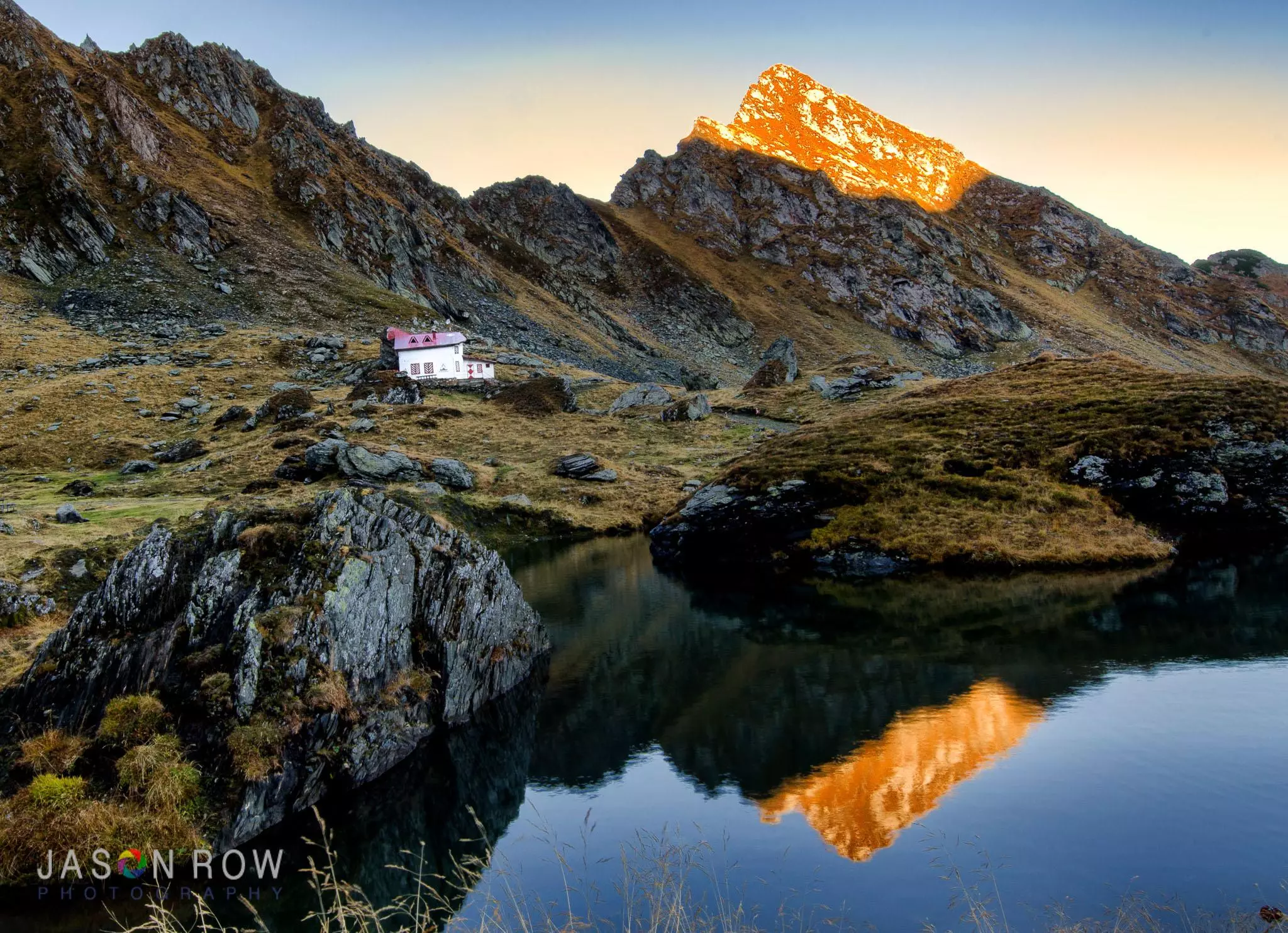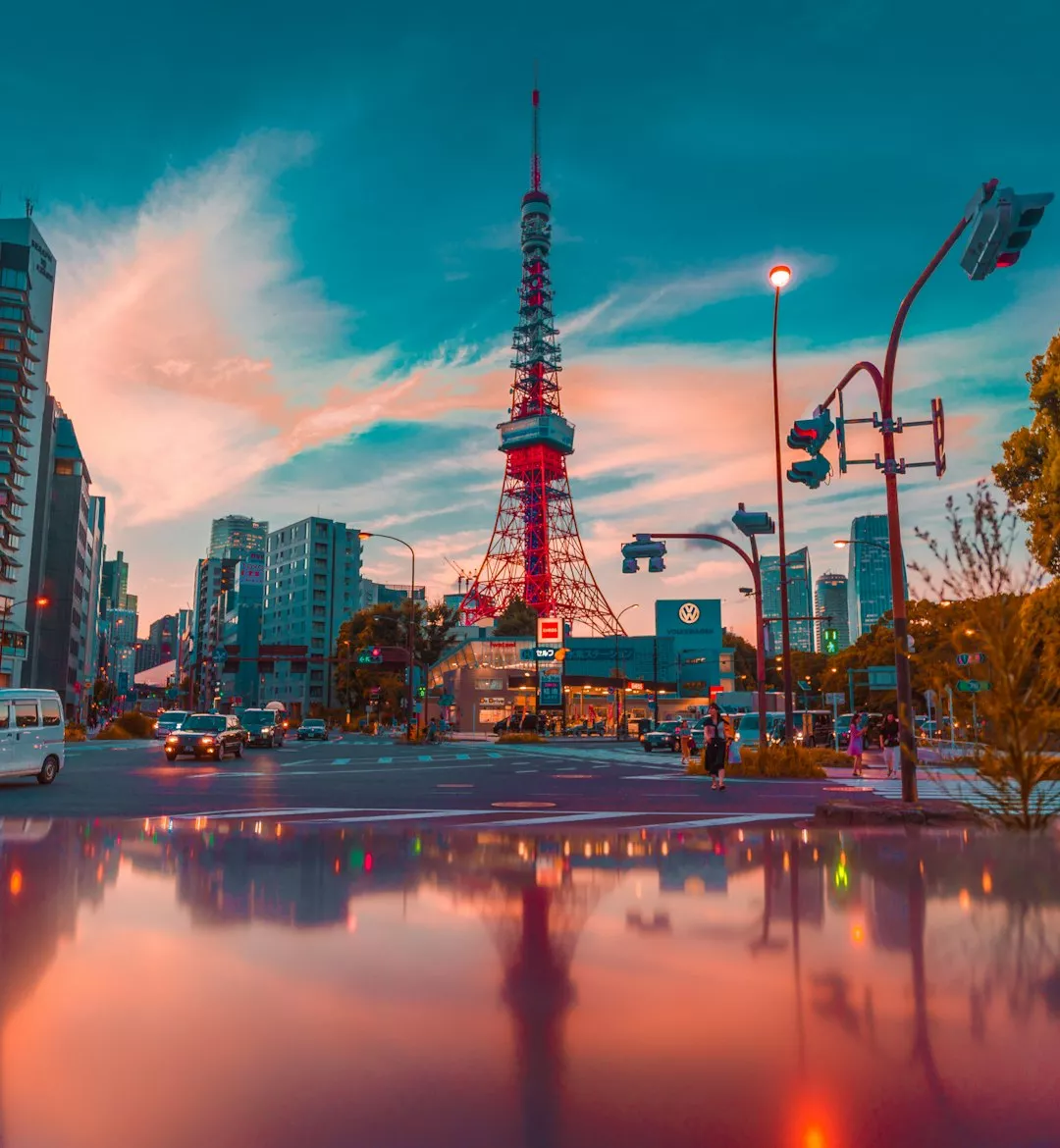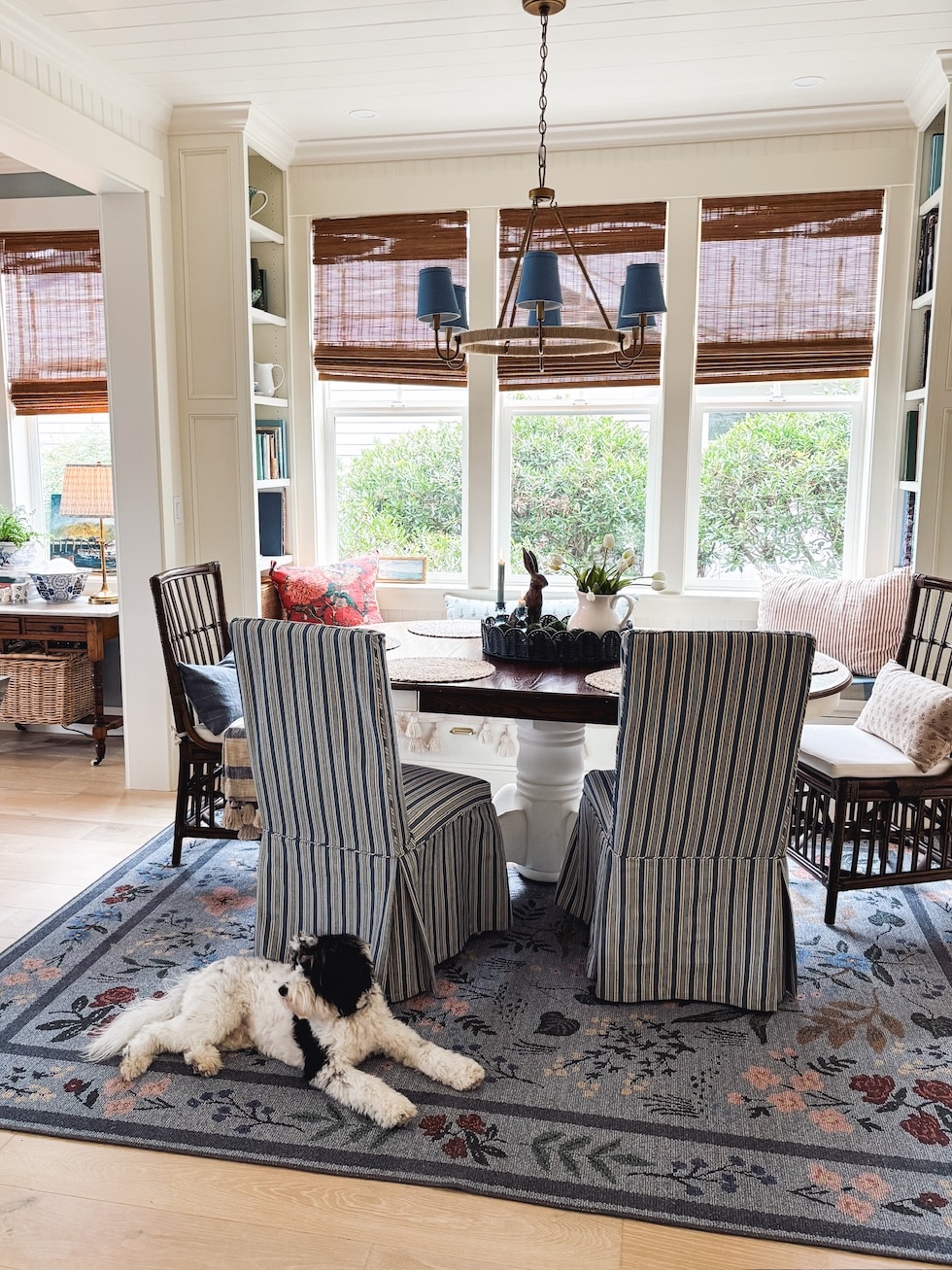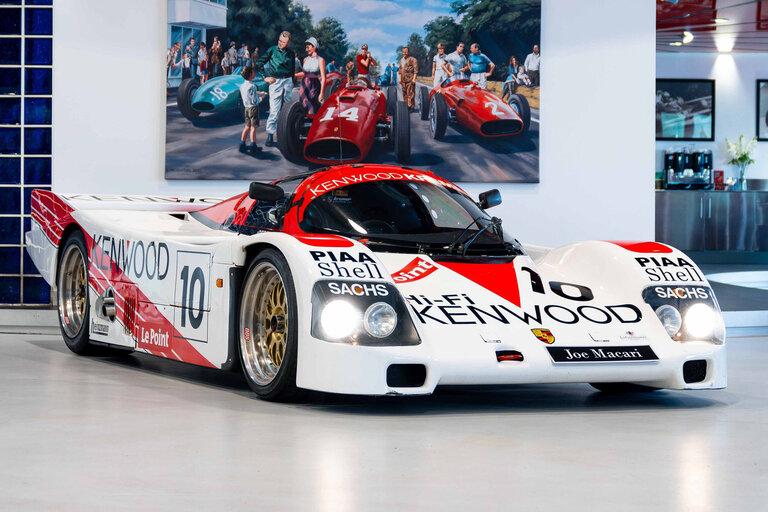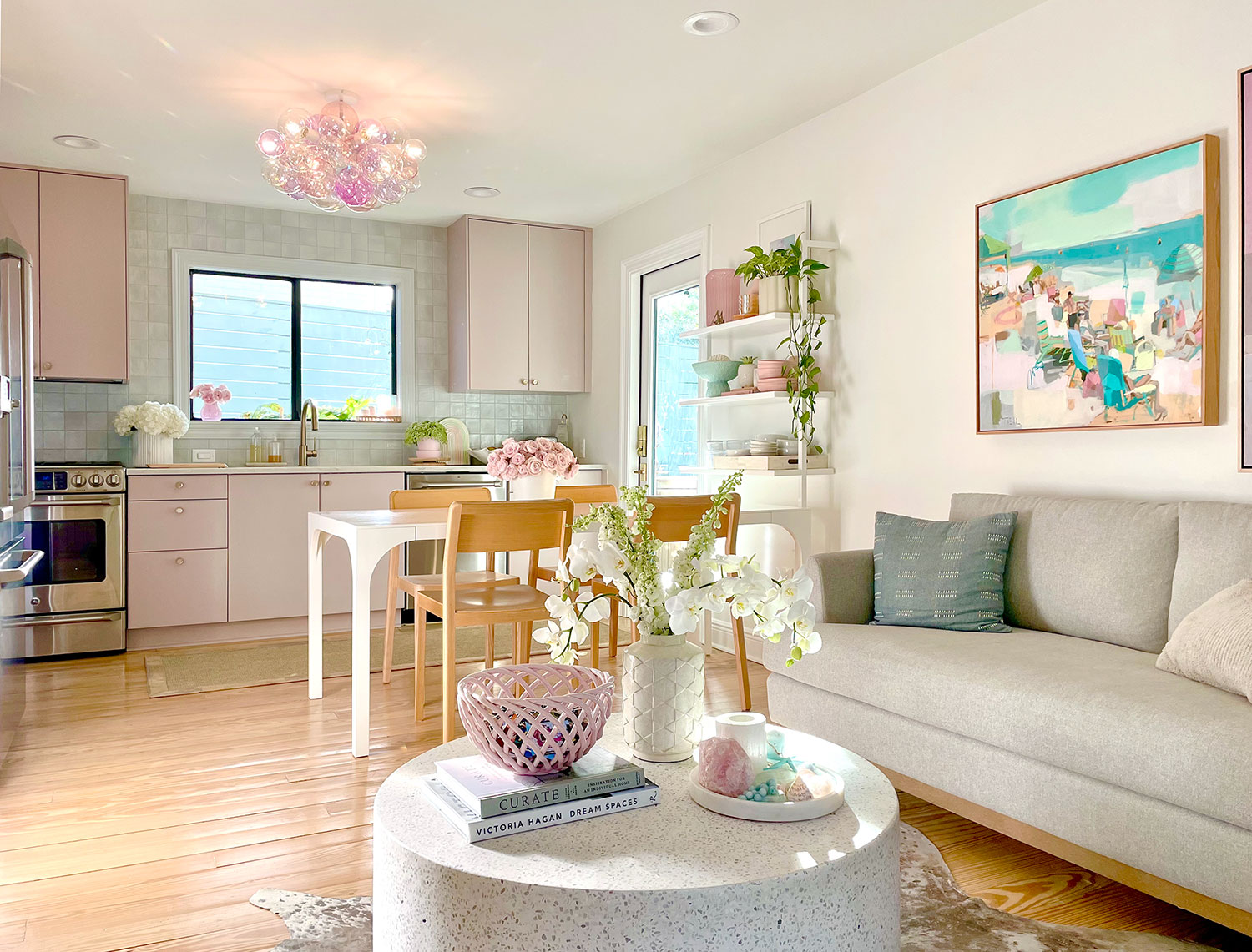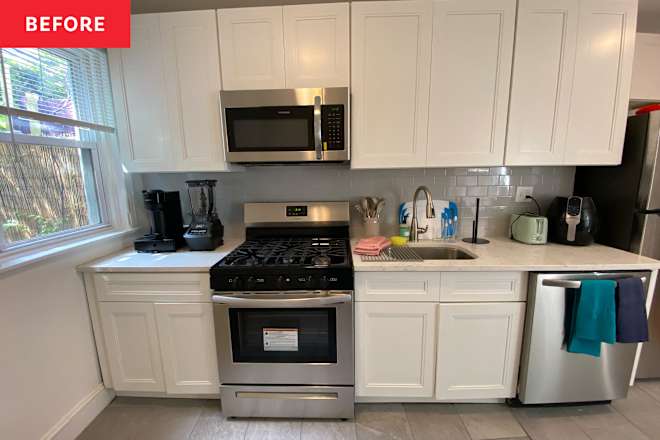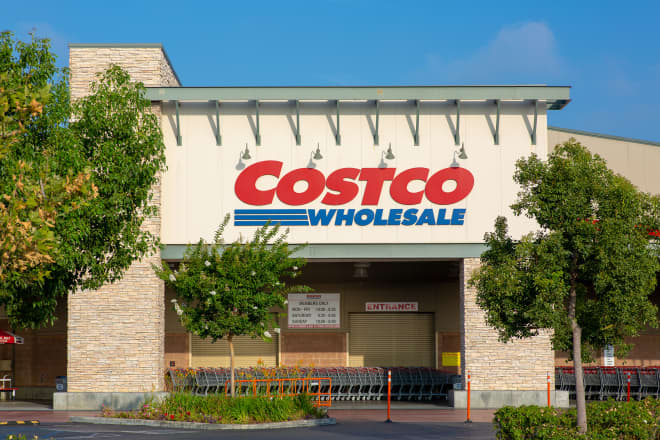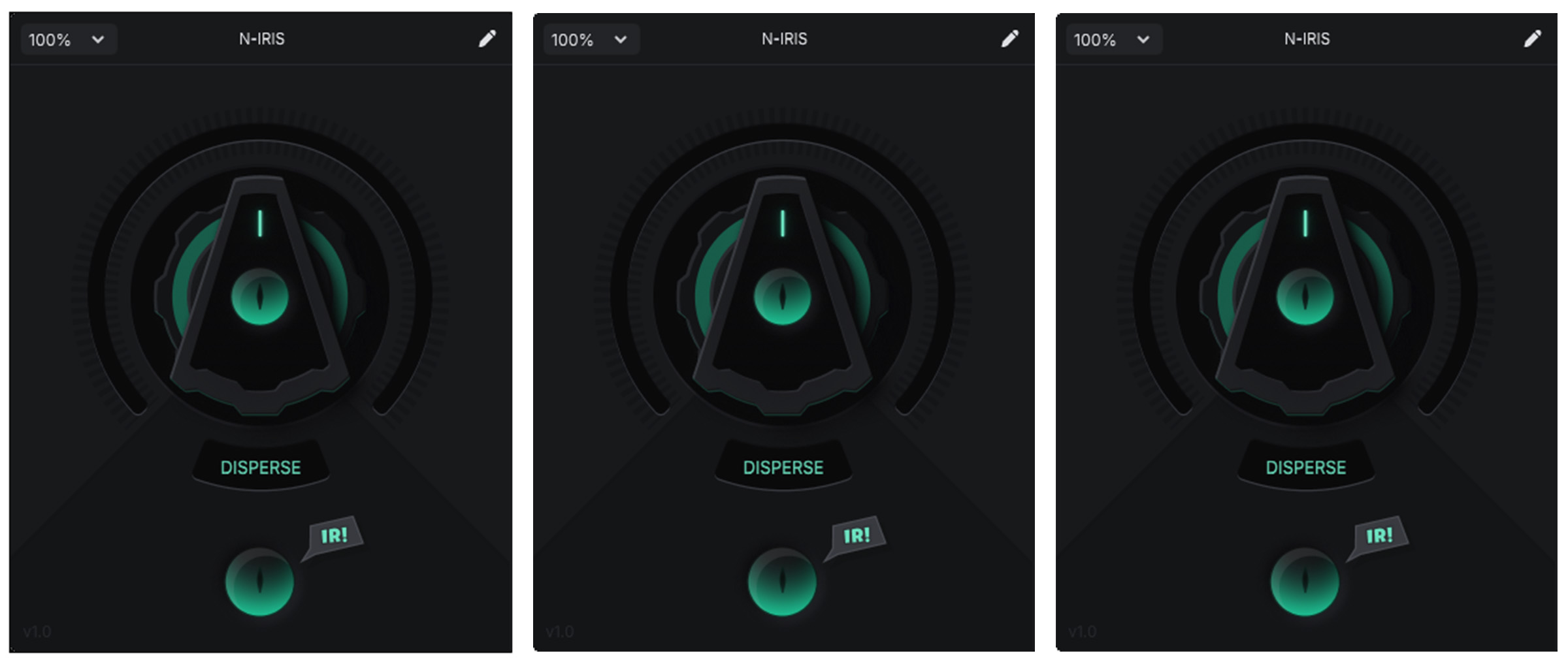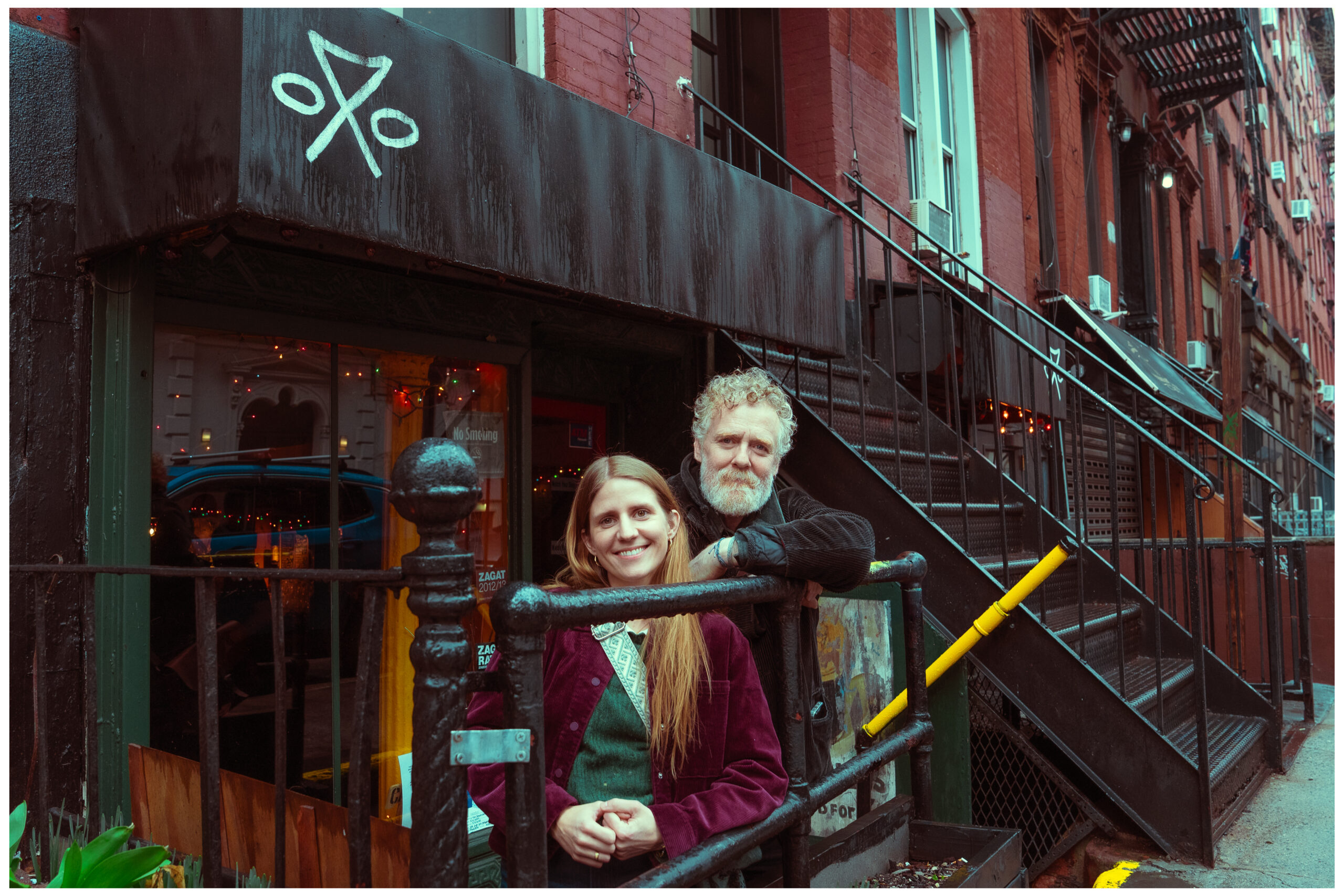Foundry Unveils Nuke Stage to Unify Pre-Production and Final Pixels in Virtual Productions
If you haven’t been to the NAB Show in Las Vegas in person, you’re missing out. Not only is the conference a fun time to mix and mingle with all varieties of film and video creatives and creators, but the NAB Show is also the best place to get first-hand looks at where the film and video industry is heading.Or, as is the case with our visit to the Brompton booth to get a demo of Foundry’s new Nuke Stage, the future is already here. Showcasing Nuke Stage, a new application purpose-built for virtual production and in-camera visual effects, the Foundry team showed off some exciting new technology that might finally be able to unify pre-production and final pixels in the virtual production space.Designed to offer end-to-end creative content control over imagery and color from start to finish, Nuke Stage can link pre-pro through final pixels in one pipeline with the ultimate goal of giving VFX artists full creative control over imagery and color from start to finish.Let’s check out what we learned about the Nuke stage and how it can increase your efficiencies and simplify your virtual production workflows for projects of all sizes. - YouTube youtu.be Foundry Introduces Nuke StageAble to enable real-time playback of photorealistic environments onto LED walls, Nuke Stage is a great way to unlock live compositing and layouts with your virtual productions. Chatting with the team at NAB 2025, we were able to watch how Nuke Stage enables teams to creatively iterate on content from end to end using industry-standard formats, including OpenUSD, OpenEXR, and OpenColorIO.“Our hope is that Nuke Stage brings the expertise of VFX artists even closer to creative decision making, and, ultimately, delivers greater efficiencies for productions using virtual production and ICVFX. After years of development fueled by collaboration with the VFX and VP community, I can’t wait to see Nuke Stage in the hands of artists!” — Christy Anzelmo, Foundry Chief Product Officer.The workflow unlocks a variety of creative toolsets, like a node-graph-based compositing environment consistent with Nuke, which we were able to watch deliver exceptional results in real time with the Foundry team’s setup at the Brompton booth.Bring Your Virtual Productions to LifeEnvisioned specifically for virtual productions, the Foundry team was able to showcase how Nuke Stage is able to unlock key aspects of compositing tailored for real-time playback in an on-set environment, all while utilizing open standards to ensure consistency between pre-production, on-set, and post.“Nuke Stage offers a handshake between VFX and virtual production, which has been missed in VP until now. With VP and ICVFX it’s all about trust. Getting VFX teams on board will help to push the use of virtual production, in a meaningful way, and I see huge potential for Nuke Stage to do that.” — Dan Hall, Head of ICVFX at virtual production studio 80six. Watching the demo, you can see how a shared color management system, open file formats, and a familiar node graph-based compositing environment is able to let VFX artists do what they do best: create, refine, and deliver content that transitions seamlessly from pre-production to real-time iteration on set.Key Nuke Stage FeaturesThe demo does a great job of demonstrating what Nuke Stage is capable of for your virtual productions today. However, as is the case with any NAB showcase, what’s most exciting about this technology isn’t just what you’re seeing today—it’s also about where Nuke Stage can take your virtual productions in the future.Here’s the full list of key features Nuke Stage can offer for your virtual productions:Built for virtual production: A purpose-built, standalone software solution, Nuke Stage requires no other virtual production, ICVFX tools, or game engines.Hardware-agnostic: No need for specialist media servers or bespoke equipment. Productions can use their preferred hardware and easily synchronize across render node clusters to support stages of varied size.Real-time playback of photorealistic content: Artists can use industry-standard VFX tools and asset formats to create high-resolution backgrounds, then play them back as 2D, 2.5D, and 3D imagery on LED walls.Live compositing: Manipulate and blend virtual and physical sets with a powerful node-based compositing toolkit optimized for real-time performance.Comprehensive color support: A linear workspace and full support for OpenColorIO and HDR ensure a clear color pipeline from pre- to post-production, making it easier to seamlessly blend physical elements with virtual environments.Familiar UI: Part of the market-leading Nuke family: A color management system, industry-standard file format support, and a node-based compositing toolkit similar to Nuke provide artists with a familiar and efficient workflow for building imagery before and during principal photography.End-to-end creative control: A single production pipeline enables refinement of content from principal photo
If you haven’t been to the NAB Show in Las Vegas in person, you’re missing out. Not only is the conference a fun time to mix and mingle with all varieties of film and video creatives and creators, but the NAB Show is also the best place to get first-hand looks at where the film and video industry is heading.
Or, as is the case with our visit to the Brompton booth to get a demo of Foundry’s new Nuke Stage, the future is already here. Showcasing Nuke Stage, a new application purpose-built for virtual production and in-camera visual effects, the Foundry team showed off some exciting new technology that might finally be able to unify pre-production and final pixels in the virtual production space.
Designed to offer end-to-end creative content control over imagery and color from start to finish, Nuke Stage can link pre-pro through final pixels in one pipeline with the ultimate goal of giving VFX artists full creative control over imagery and color from start to finish.
Let’s check out what we learned about the Nuke stage and how it can increase your efficiencies and simplify your virtual production workflows for projects of all sizes.
- YouTube youtu.be
Foundry Introduces Nuke Stage
Able to enable real-time playback of photorealistic environments onto LED walls, Nuke Stage is a great way to unlock live compositing and layouts with your virtual productions. Chatting with the team at NAB 2025, we were able to watch how Nuke Stage enables teams to creatively iterate on content from end to end using industry-standard formats, including OpenUSD, OpenEXR, and OpenColorIO.
“Our hope is that Nuke Stage brings the expertise of VFX artists even closer to creative decision making, and, ultimately, delivers greater efficiencies for productions using virtual production and ICVFX. After years of development fueled by collaboration with the VFX and VP community, I can’t wait to see Nuke Stage in the hands of artists!” — Christy Anzelmo, Foundry Chief Product Officer.
The workflow unlocks a variety of creative toolsets, like a node-graph-based compositing environment consistent with Nuke, which we were able to watch deliver exceptional results in real time with the Foundry team’s setup at the Brompton booth.
Bring Your Virtual Productions to Life

Envisioned specifically for virtual productions, the Foundry team was able to showcase how Nuke Stage is able to unlock key aspects of compositing tailored for real-time playback in an on-set environment, all while utilizing open standards to ensure consistency between pre-production, on-set, and post.
“Nuke Stage offers a handshake between VFX and virtual production, which has been missed in VP until now. With VP and ICVFX it’s all about trust. Getting VFX teams on board will help to push the use of virtual production, in a meaningful way, and I see huge potential for Nuke Stage to do that.” — Dan Hall, Head of ICVFX at virtual production studio 80six.
Watching the demo, you can see how a shared color management system, open file formats, and a familiar node graph-based compositing environment is able to let VFX artists do what they do best: create, refine, and deliver content that transitions seamlessly from pre-production to real-time iteration on set.
Key Nuke Stage Features

The demo does a great job of demonstrating what Nuke Stage is capable of for your virtual productions today. However, as is the case with any NAB showcase, what’s most exciting about this technology isn’t just what you’re seeing today—it’s also about where Nuke Stage can take your virtual productions in the future.
Here’s the full list of key features Nuke Stage can offer for your virtual productions:
- Built for virtual production: A purpose-built, standalone software solution, Nuke Stage requires no other virtual production, ICVFX tools, or game engines.
- Hardware-agnostic: No need for specialist media servers or bespoke equipment. Productions can use their preferred hardware and easily synchronize across render node clusters to support stages of varied size.
- Real-time playback of photorealistic content: Artists can use industry-standard VFX tools and asset formats to create high-resolution backgrounds, then play them back as 2D, 2.5D, and 3D imagery on LED walls.
- Live compositing: Manipulate and blend virtual and physical sets with a powerful node-based compositing toolkit optimized for real-time performance.
- Comprehensive color support: A linear workspace and full support for OpenColorIO and HDR ensure a clear color pipeline from pre- to post-production, making it easier to seamlessly blend physical elements with virtual environments.
- Familiar UI: Part of the market-leading Nuke family: A color management system, industry-standard file format support, and a node-based compositing toolkit similar to Nuke provide artists with a familiar and efficient workflow for building imagery before and during principal photography.
- End-to-end creative control: A single production pipeline enables refinement of content from principal photography through to post-production, ensuring creative continuity and reducing the risk of costly rework.
To find out more about price, specs, and availability, you can find out more and register your interest for Nuke Stage here.





![‘Predator: Badlands’ – Dan Trachtenberg Previews His “Big, Crazy Swing” [Interview]](https://bloody-disgusting.com/wp-content/uploads/2025/04/image-26.jpg)













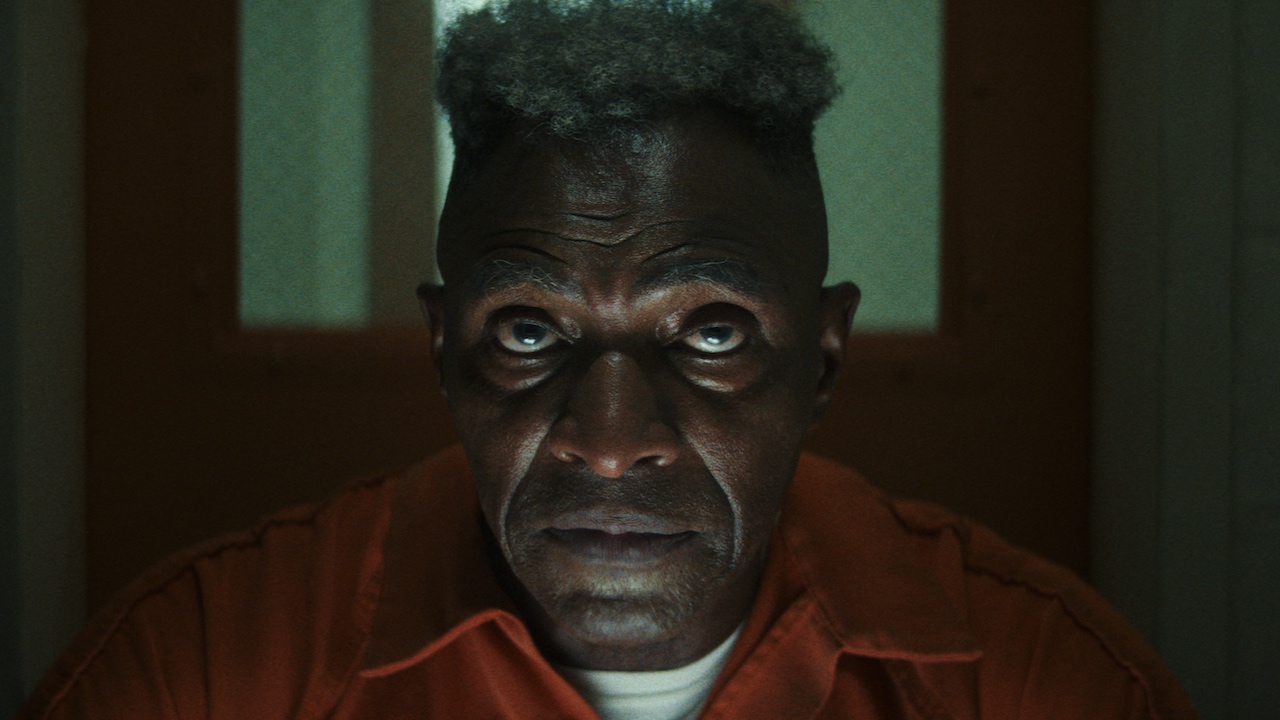








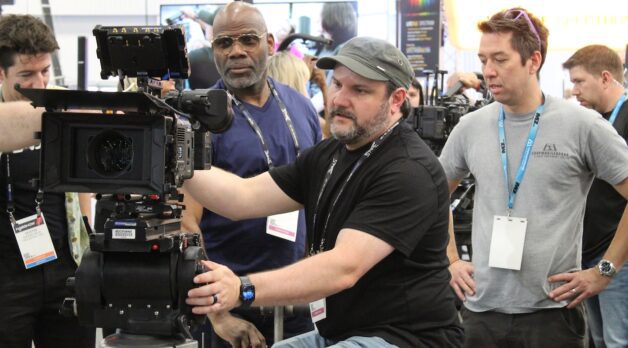









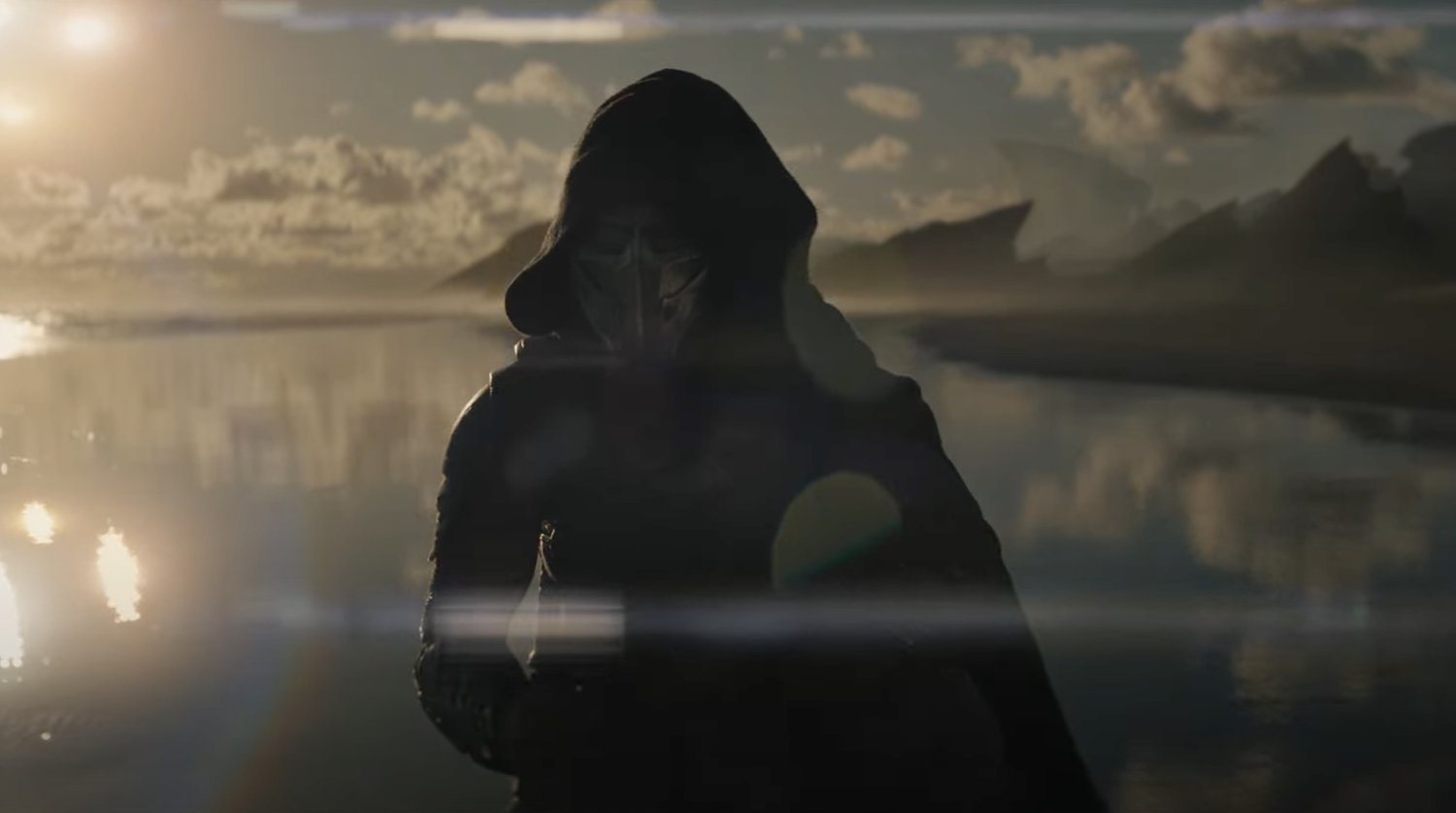















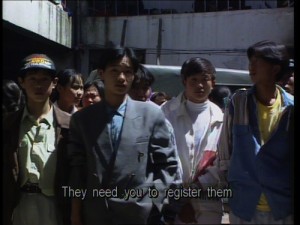
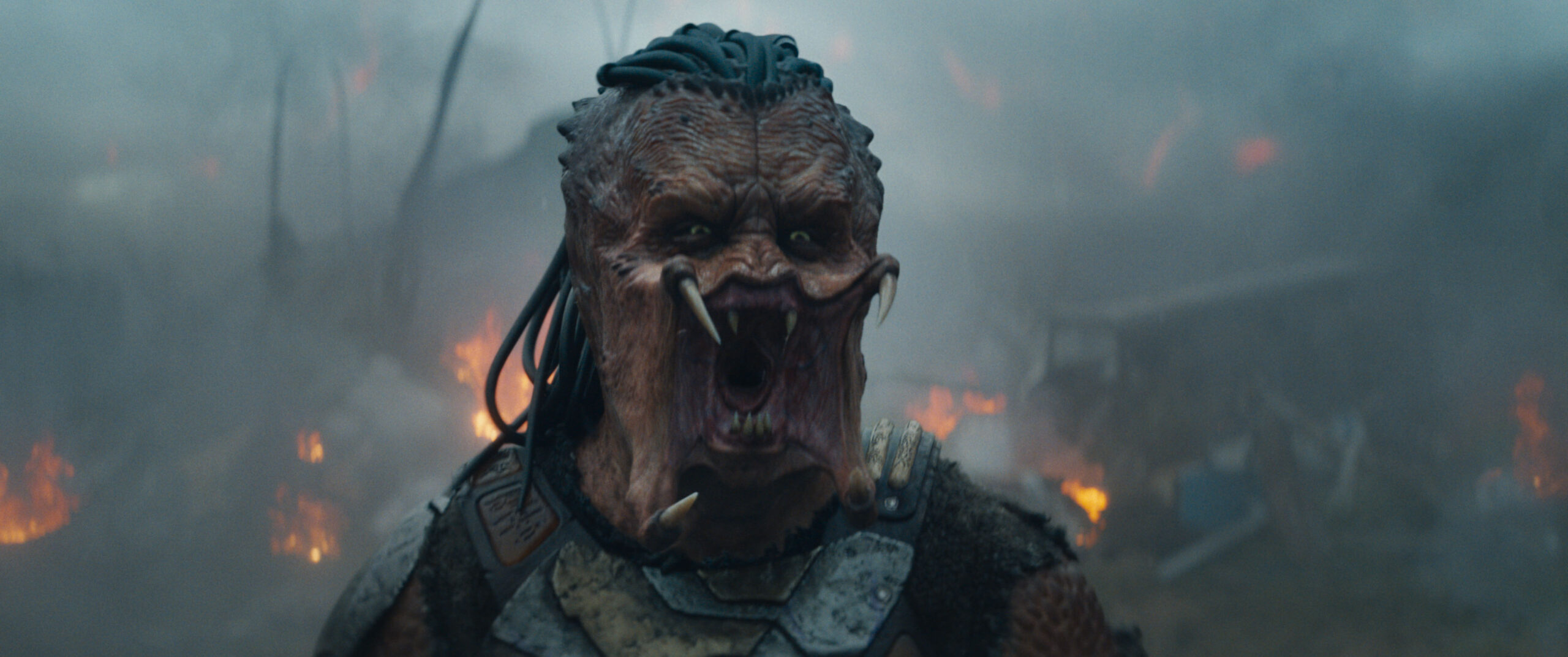


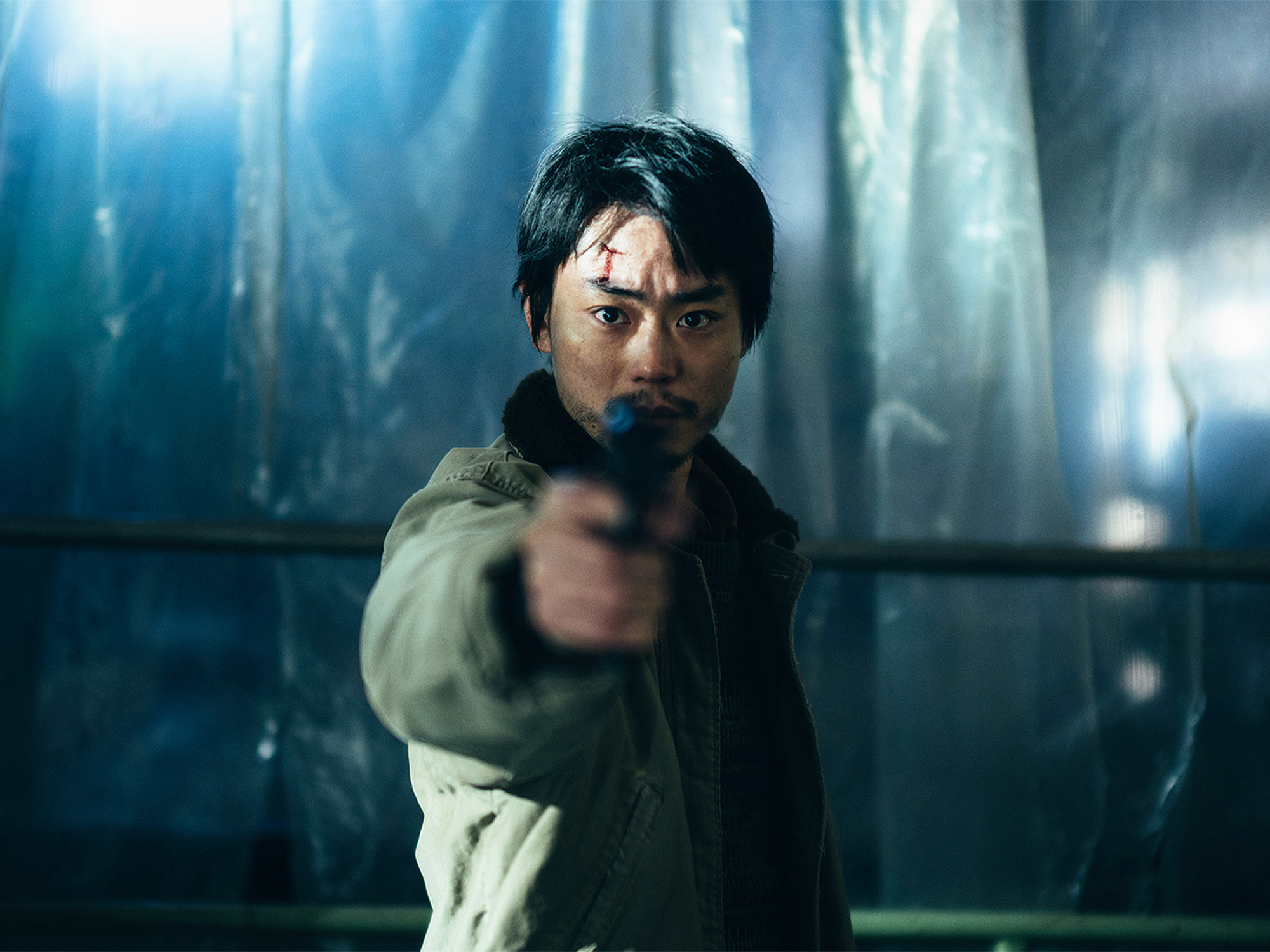
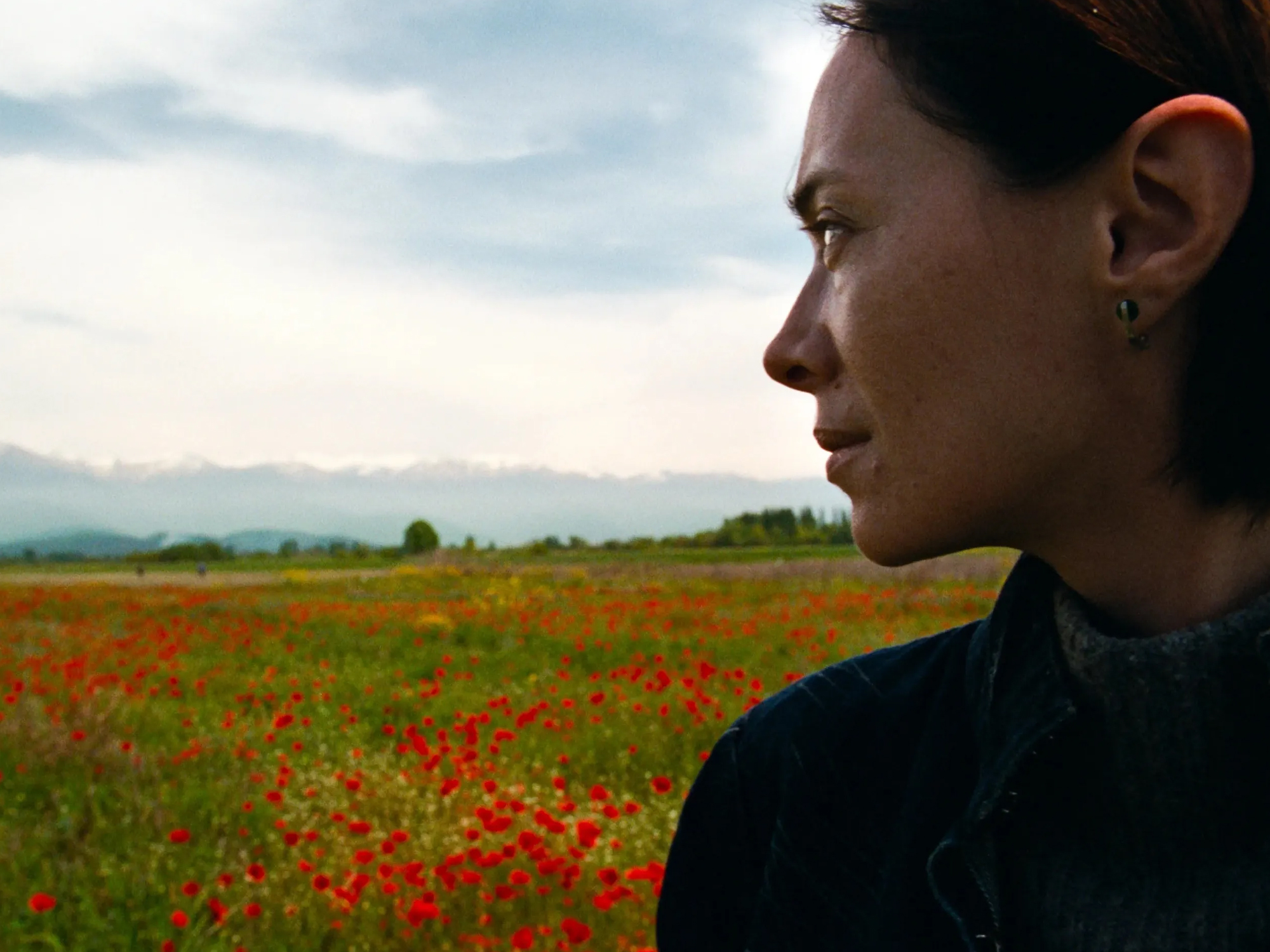










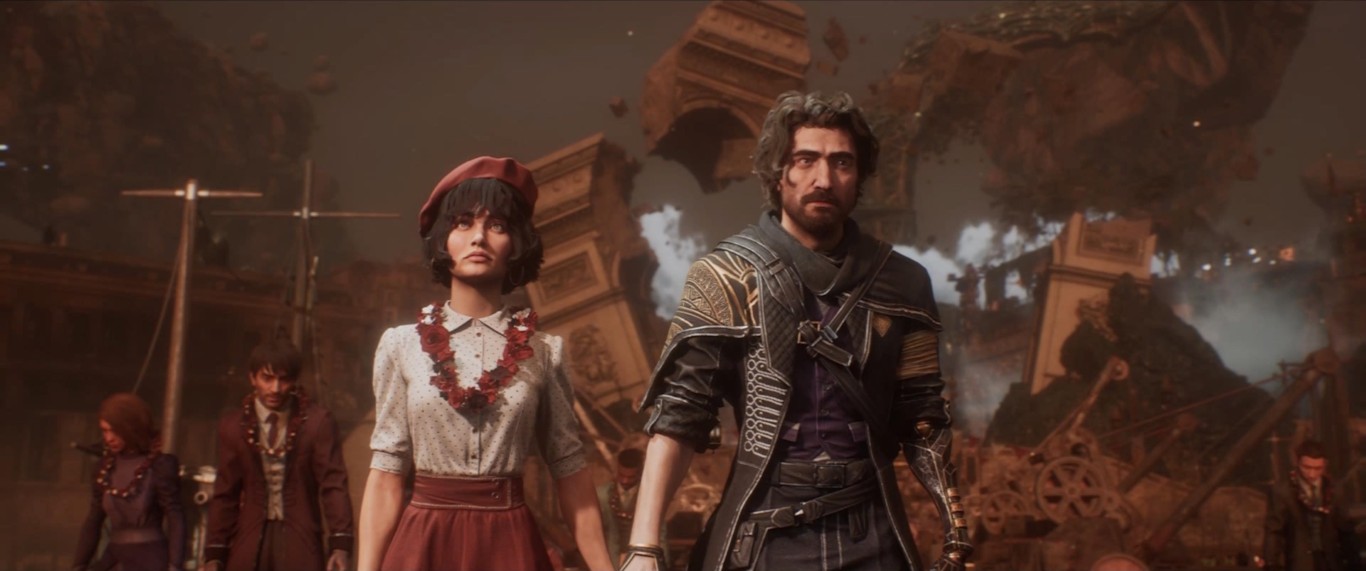
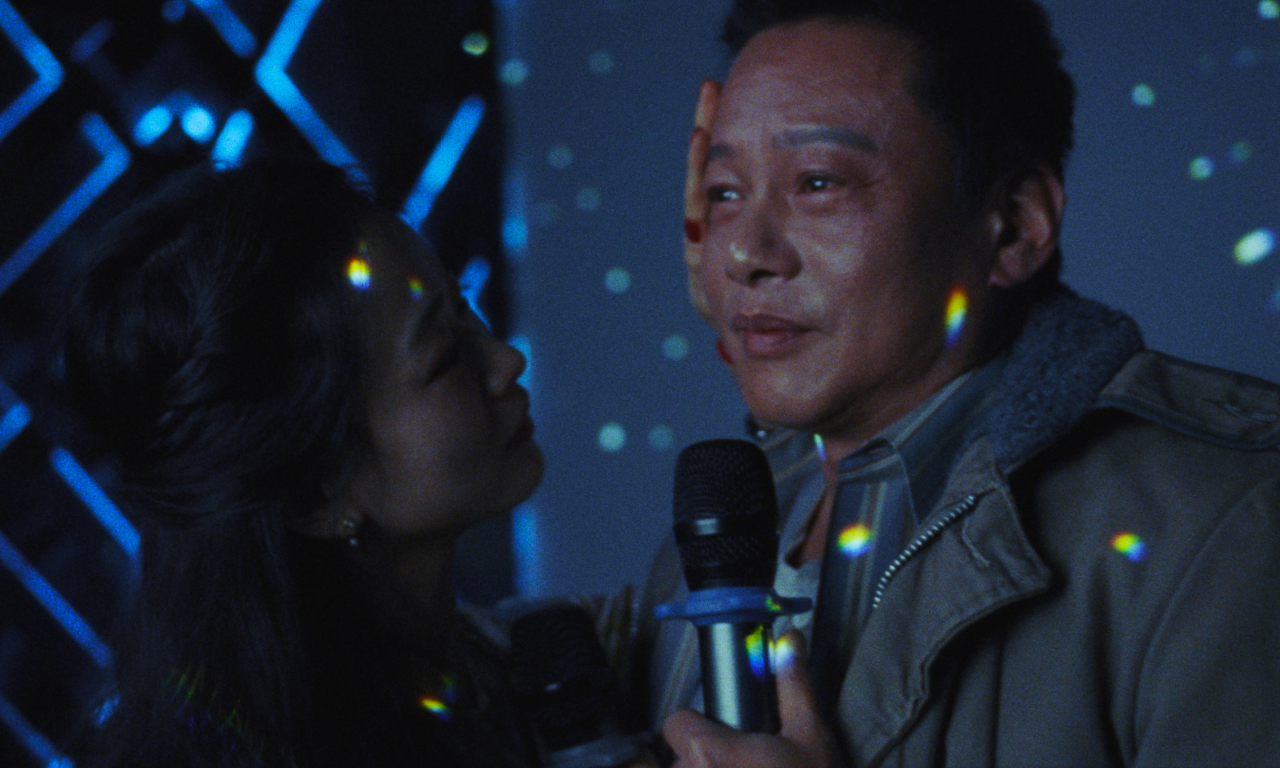






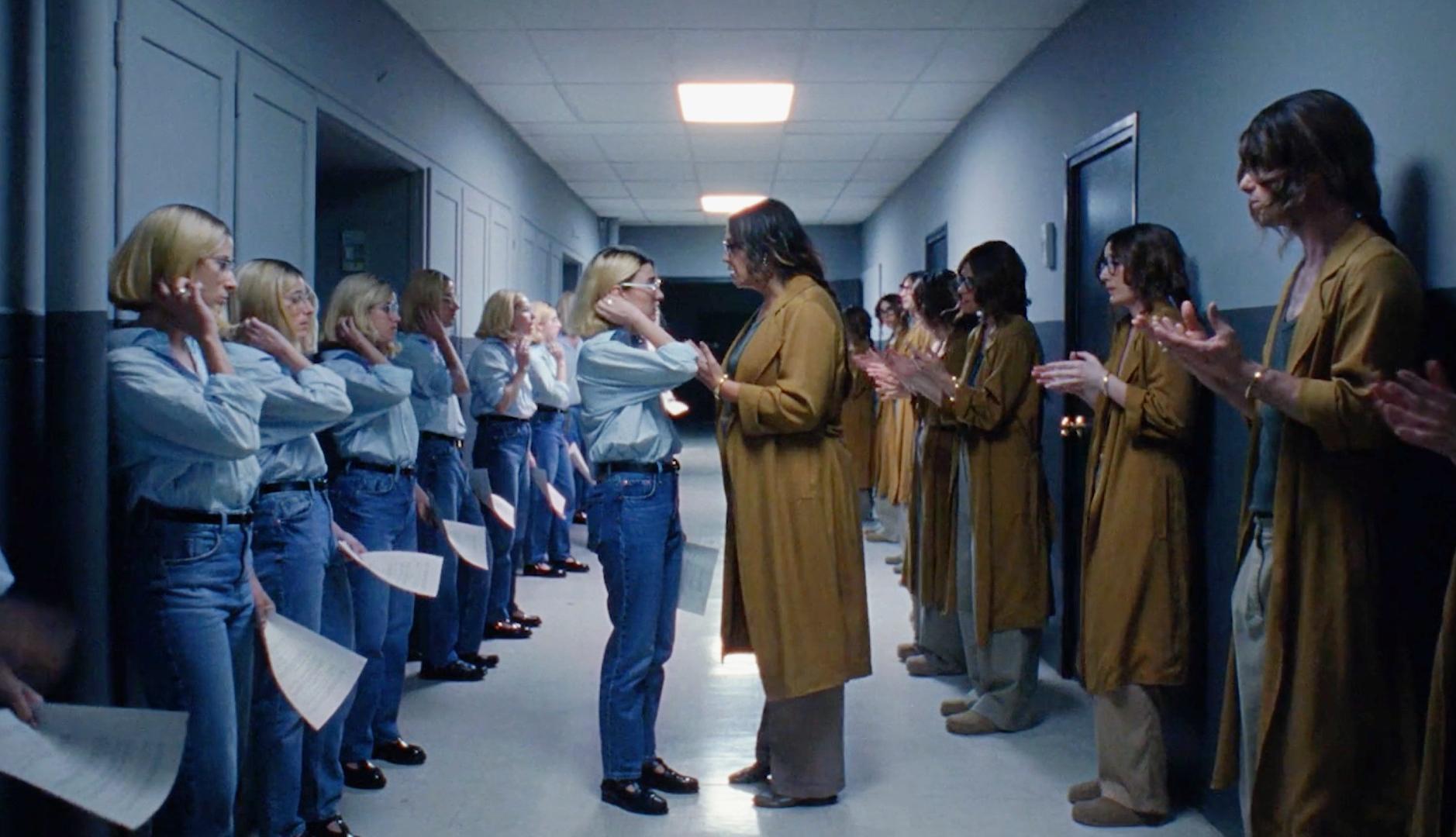
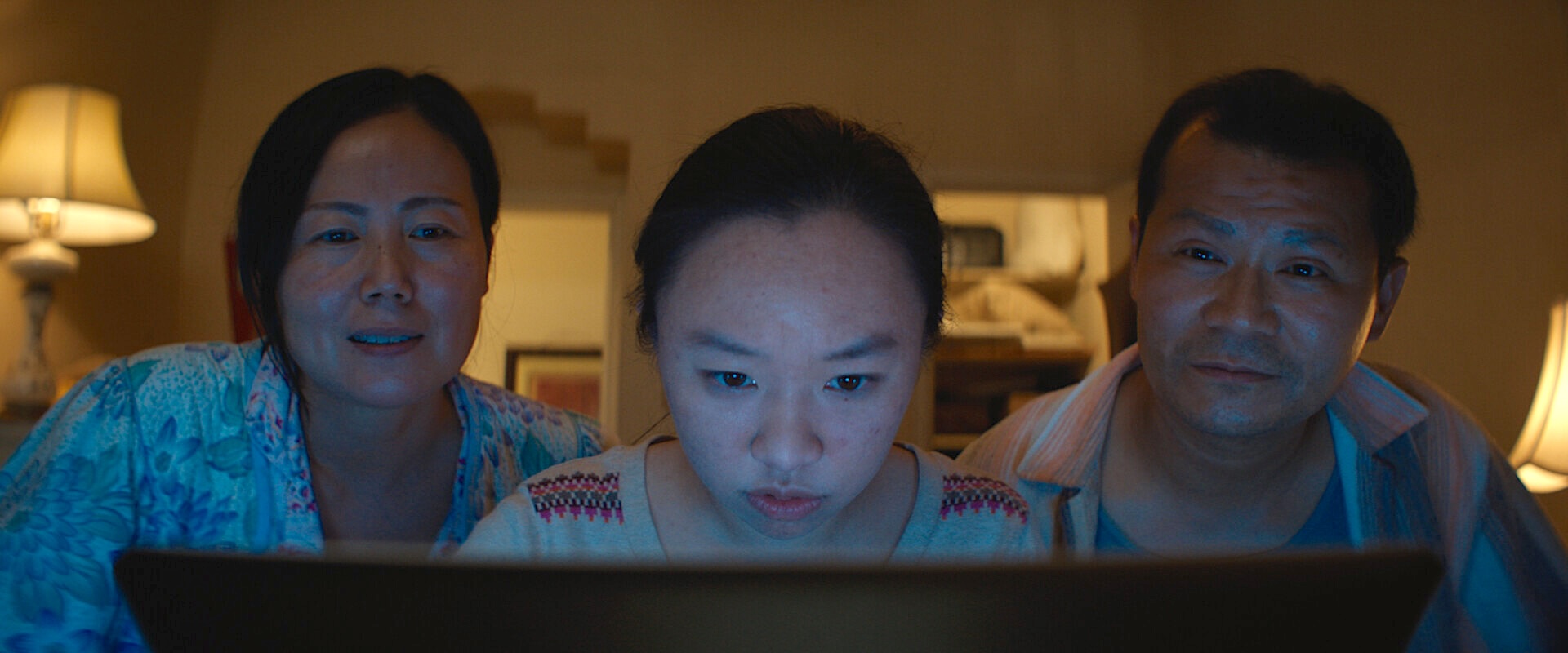


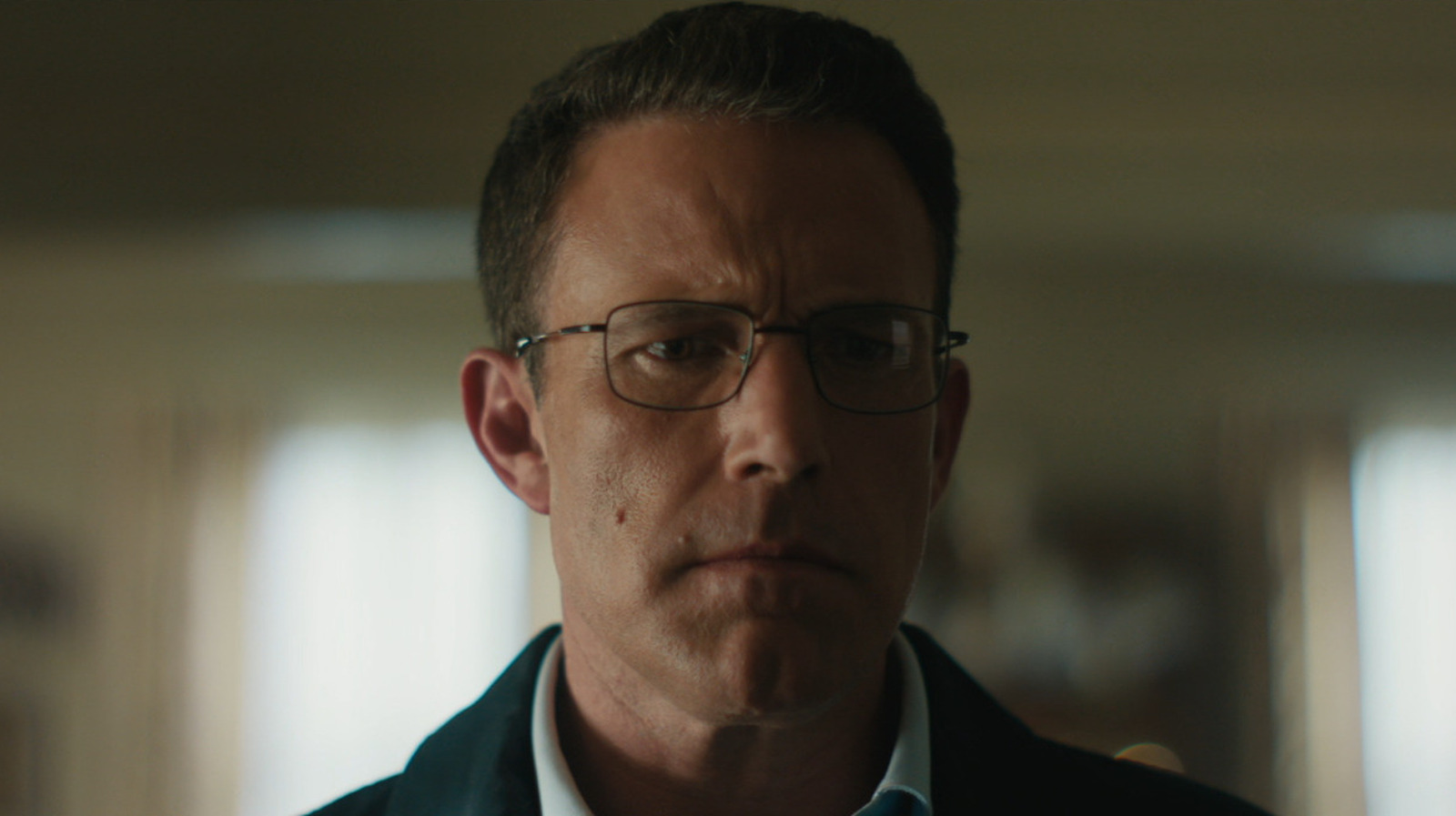








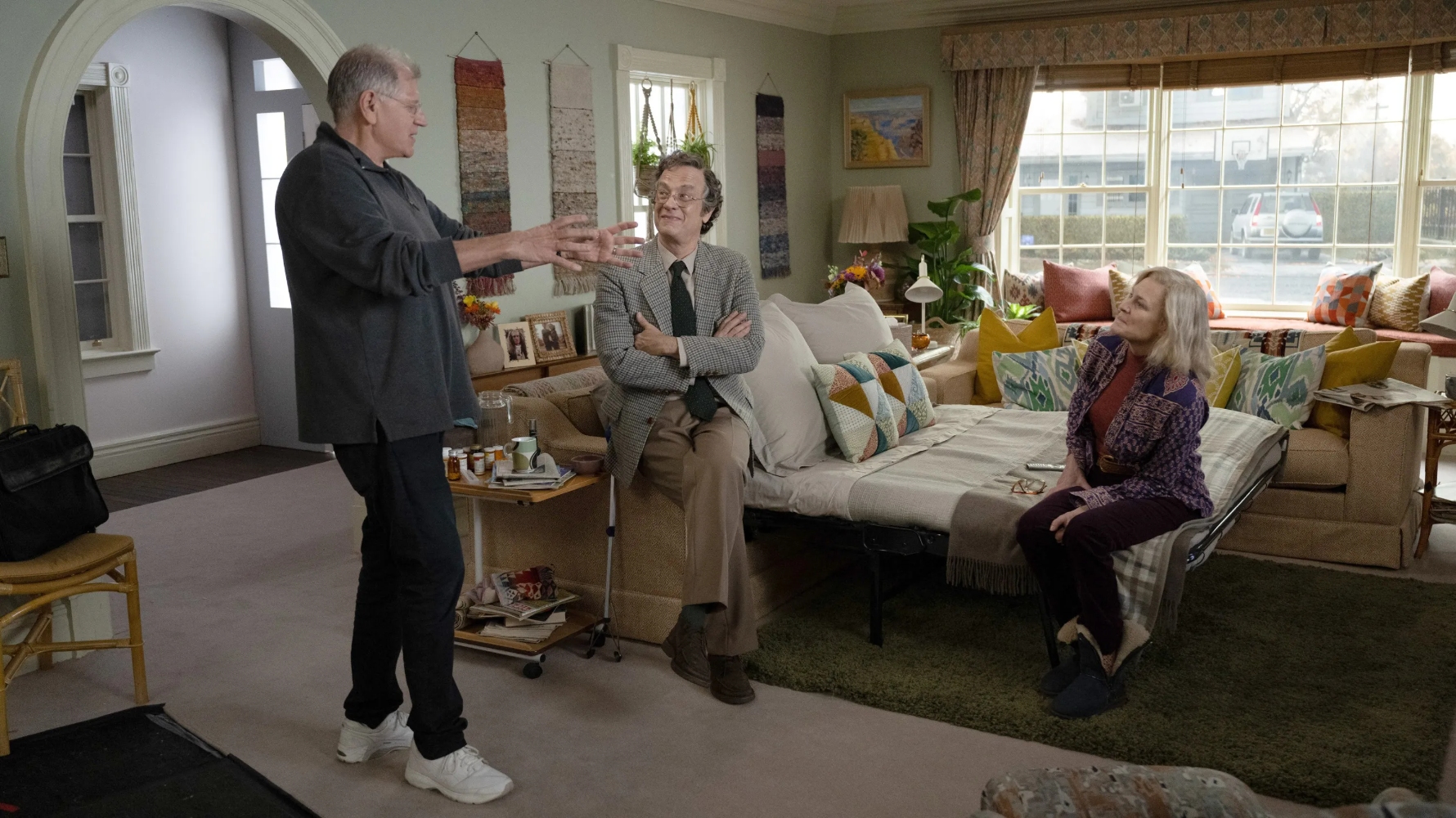




































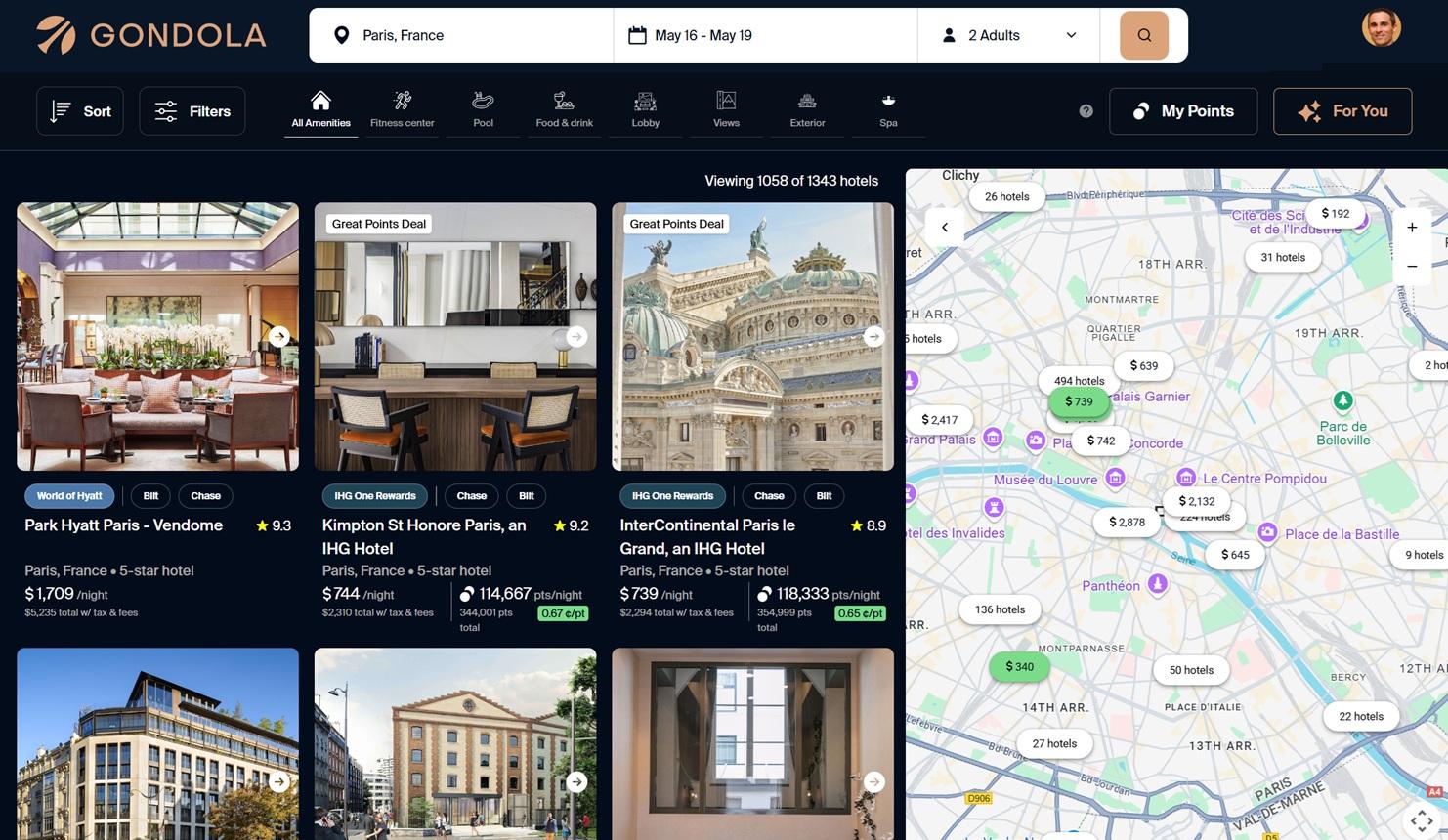















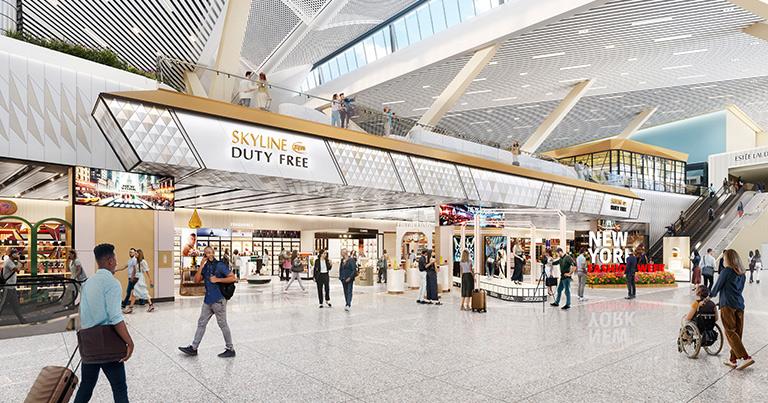


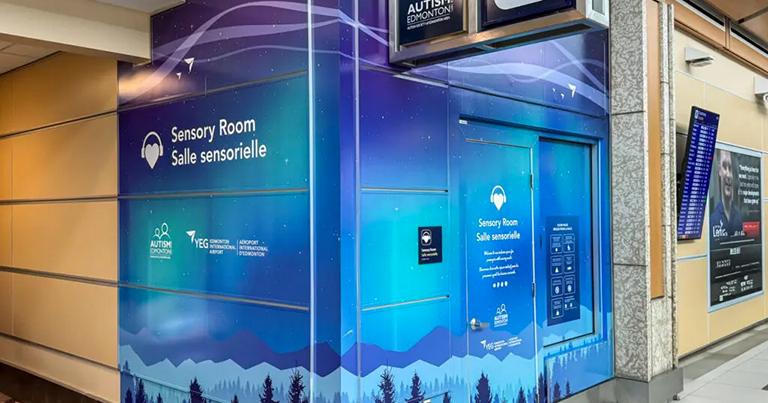


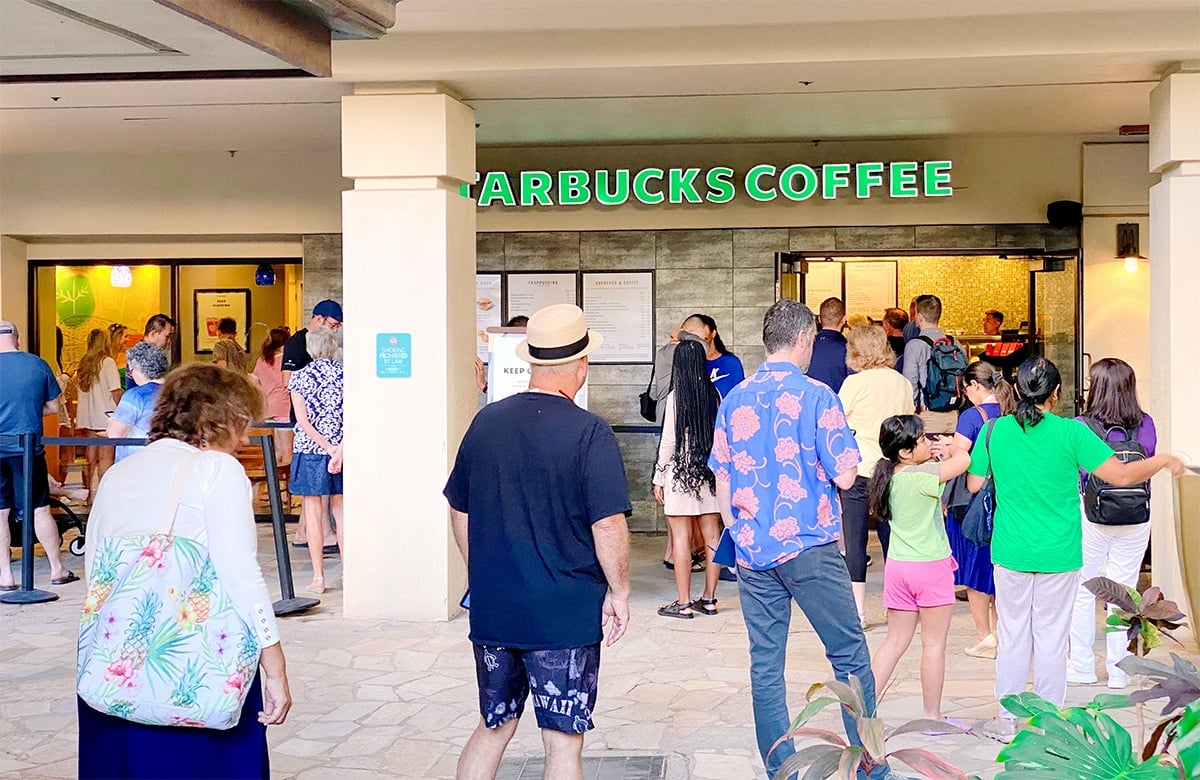
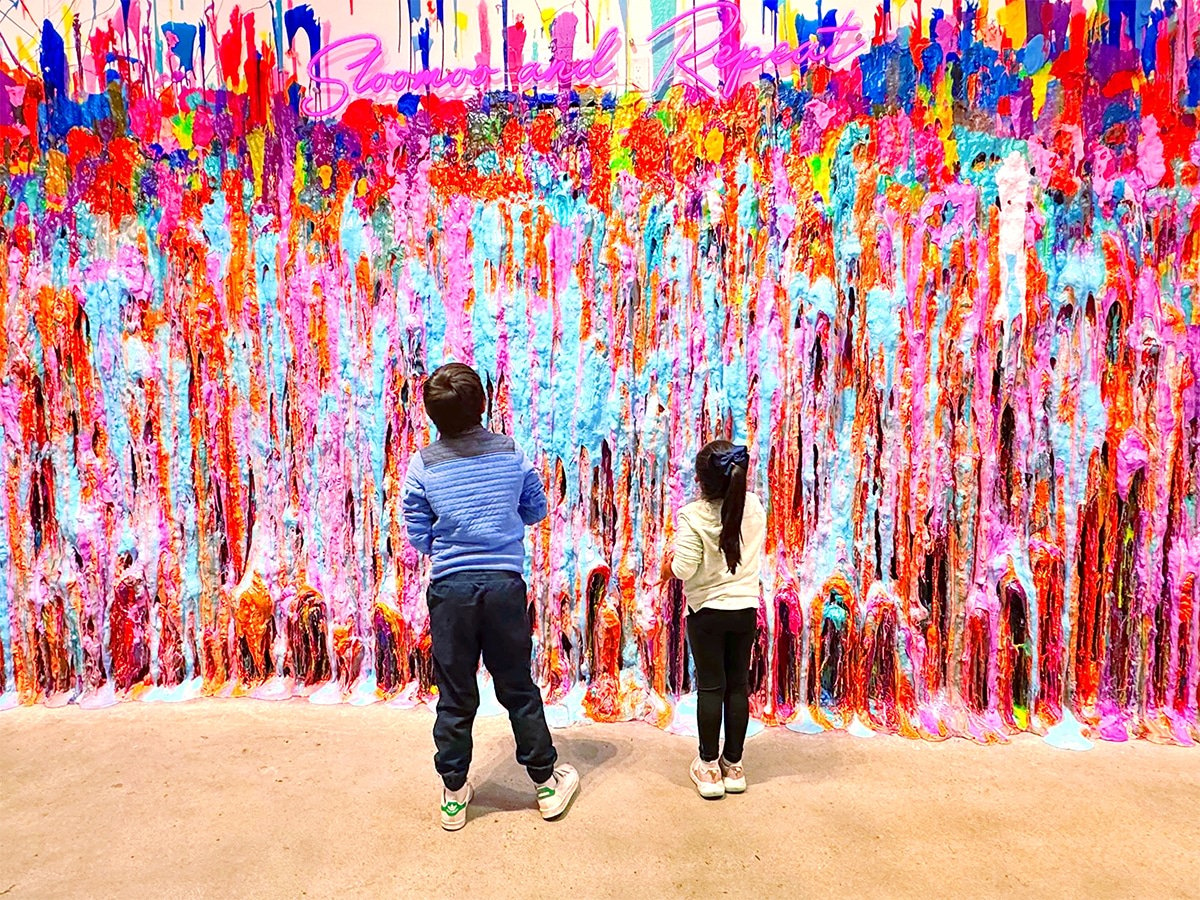

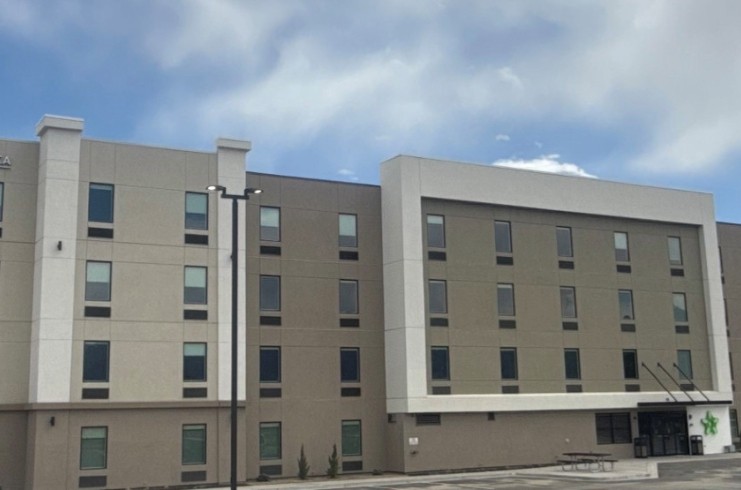

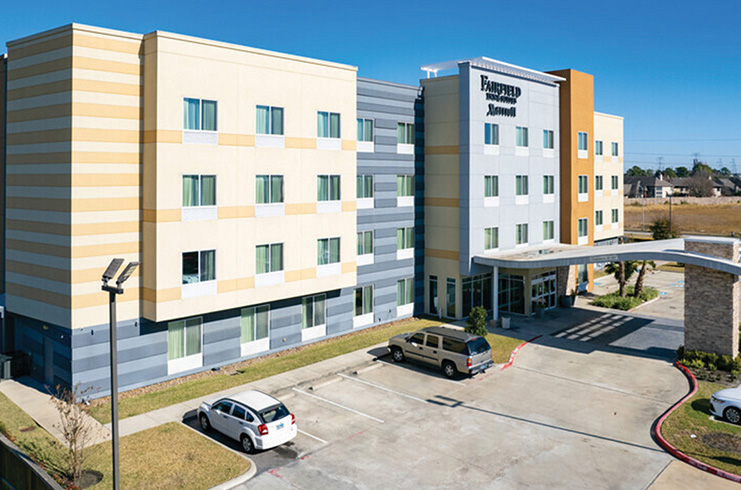












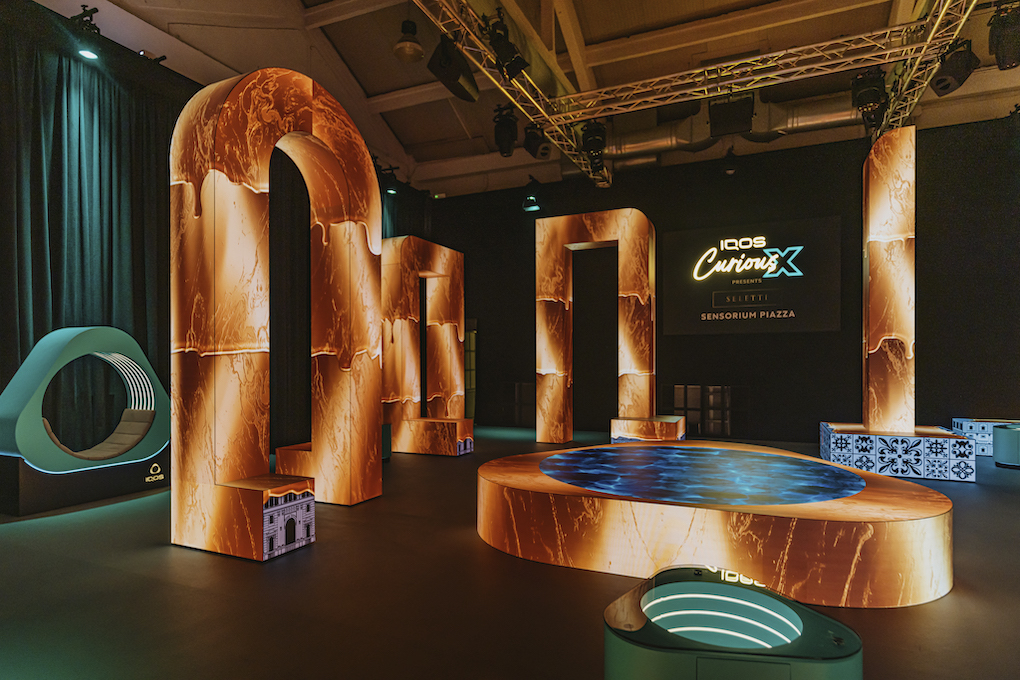

















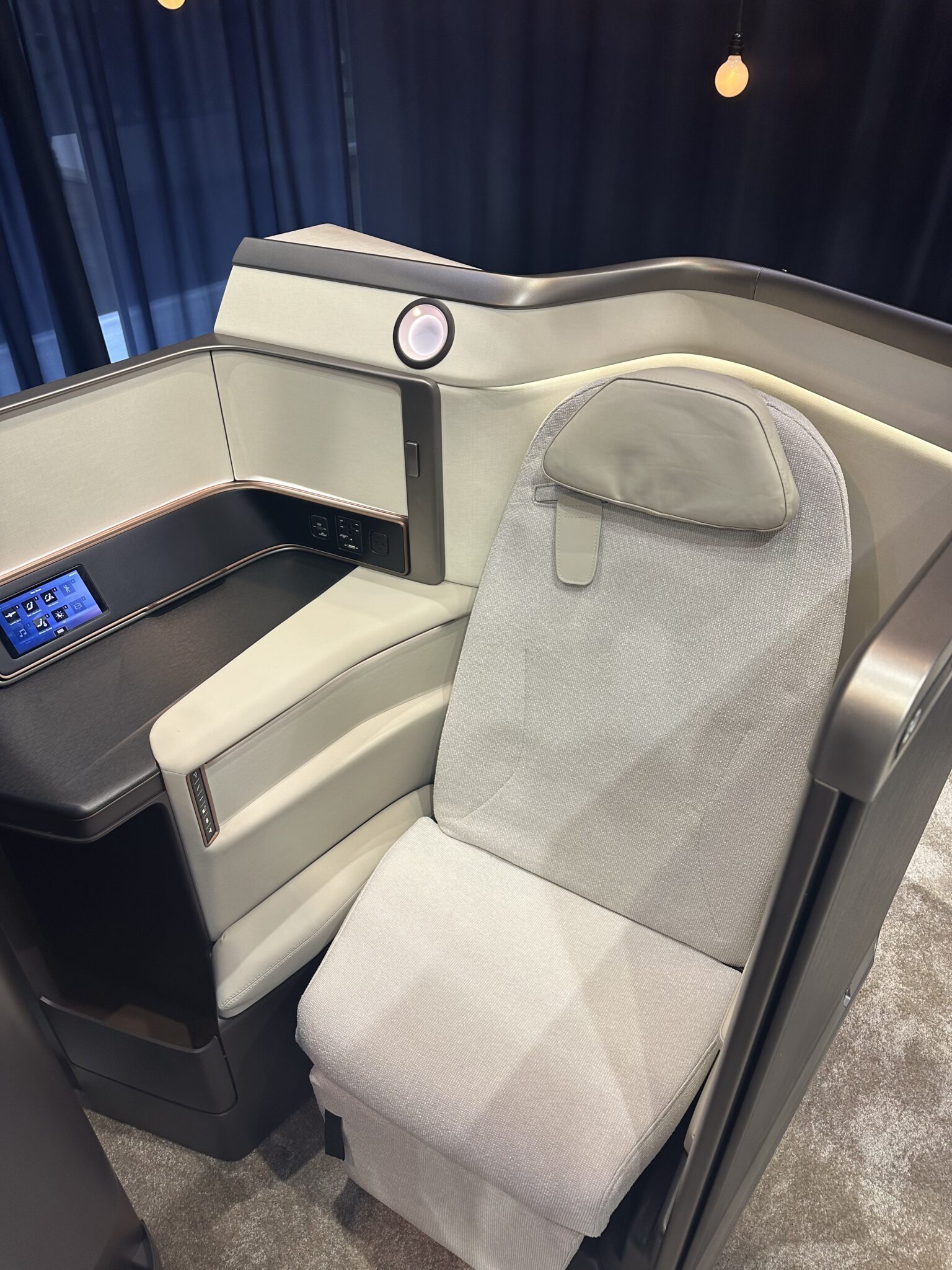













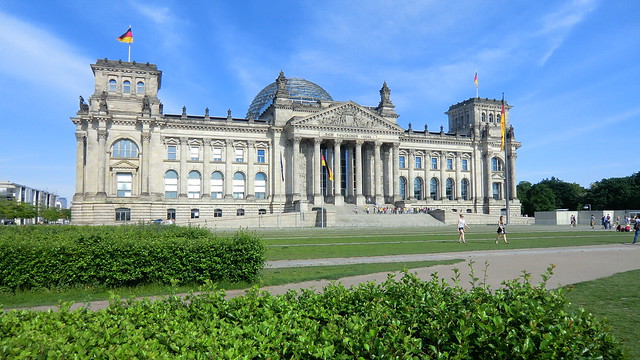

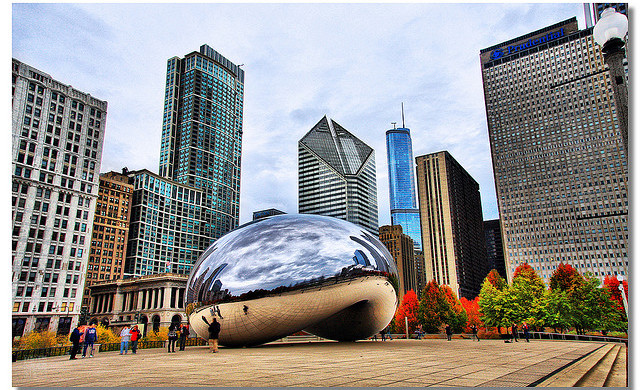















![Last Chance Before Southwest Ends Open Seating: 90s Legend Kato Kaelin’s Barf Bag Hack Scores Empty Middle Seat [Roundup]](https://viewfromthewing.com/wp-content/uploads/2025/04/kato-kaelin-southwest.jpg?#)






















-Classic-Nintendo-GameCube-games-are-coming-to-Nintendo-Switch-2!-00-00-13.png?width=1920&height=1920&fit=bounds&quality=70&format=jpg&auto=webp#)

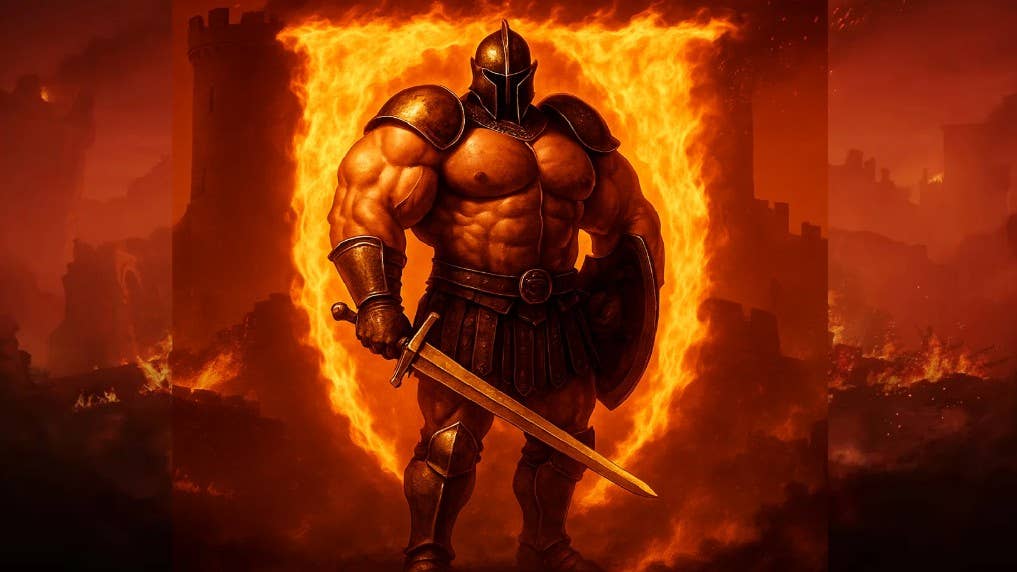




























































































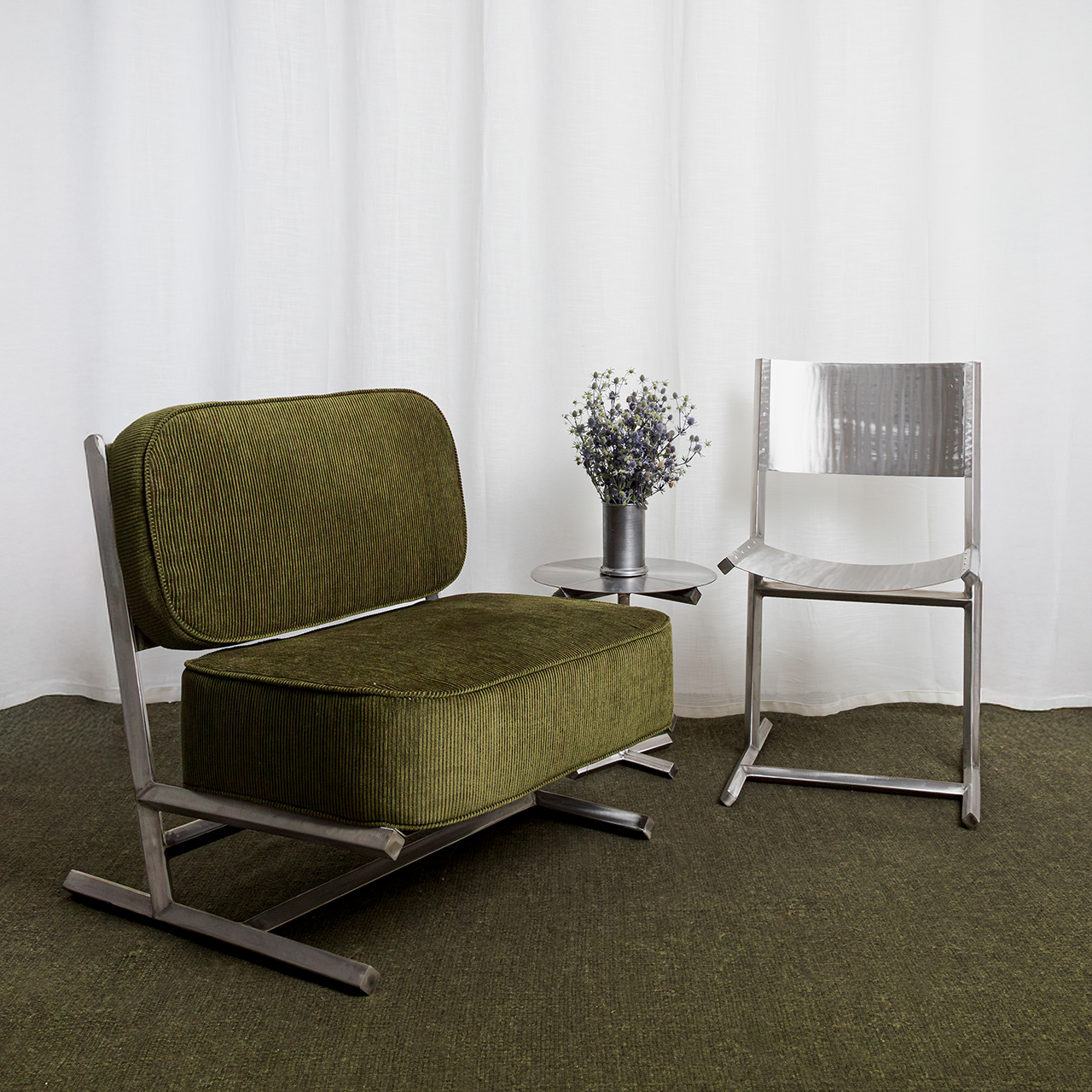








































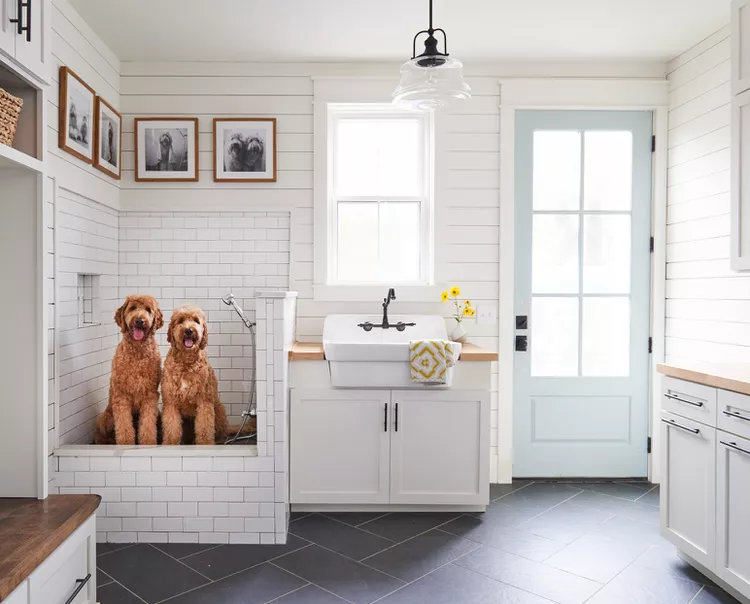
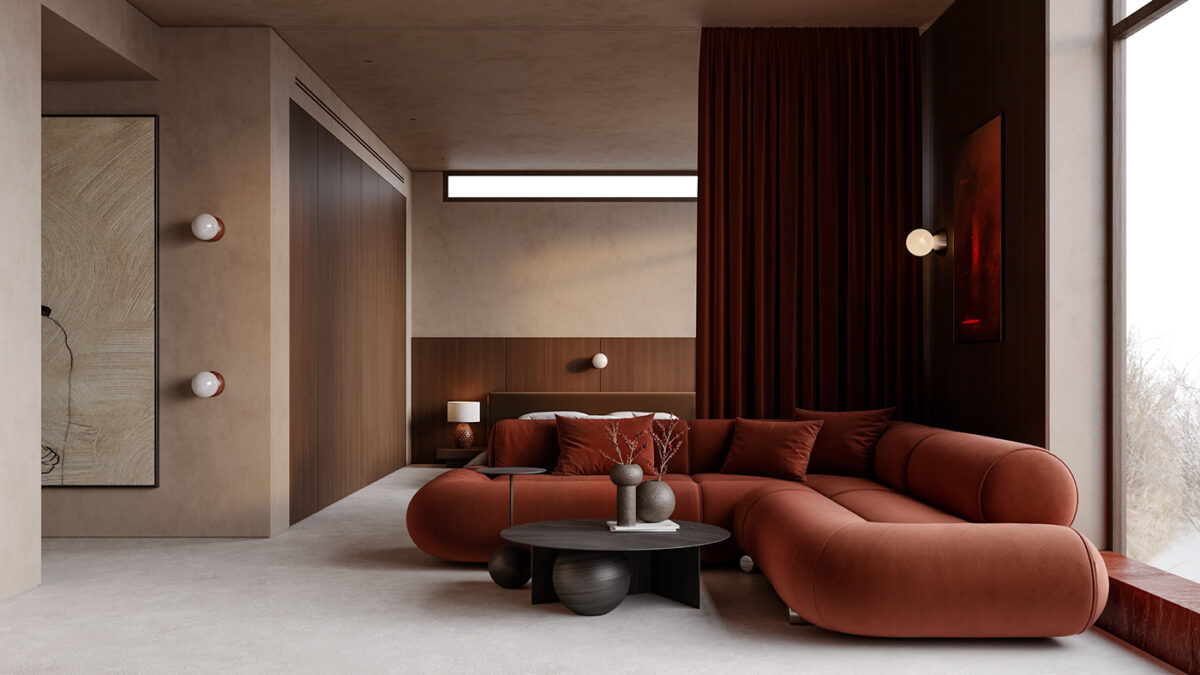


![[Podcast] Unlocking Innovation: How Play & Creativity Drive Success with Melissa Dinwiddie](https://justcreative.com/wp-content/uploads/2025/04/melissa-dinwiddie-youtube.png)









